Surprising ‘Dark’ Oxygen Source Found in Deep Ocean
While exploring the Clarion-Clipperton Zone in the eastern Pacific, scientists made a surprising discovery: oxygen 13,000 feet underwater.
Initially suspecting equipment malfunction, they soon realized the source was something far more intriguing.
The Role of Polymetallic Nodules
Polymetallic nodules, potato-sized lumps of minerals scattered on the seafloor, were identified as the unexpected source of this “dark” oxygen.
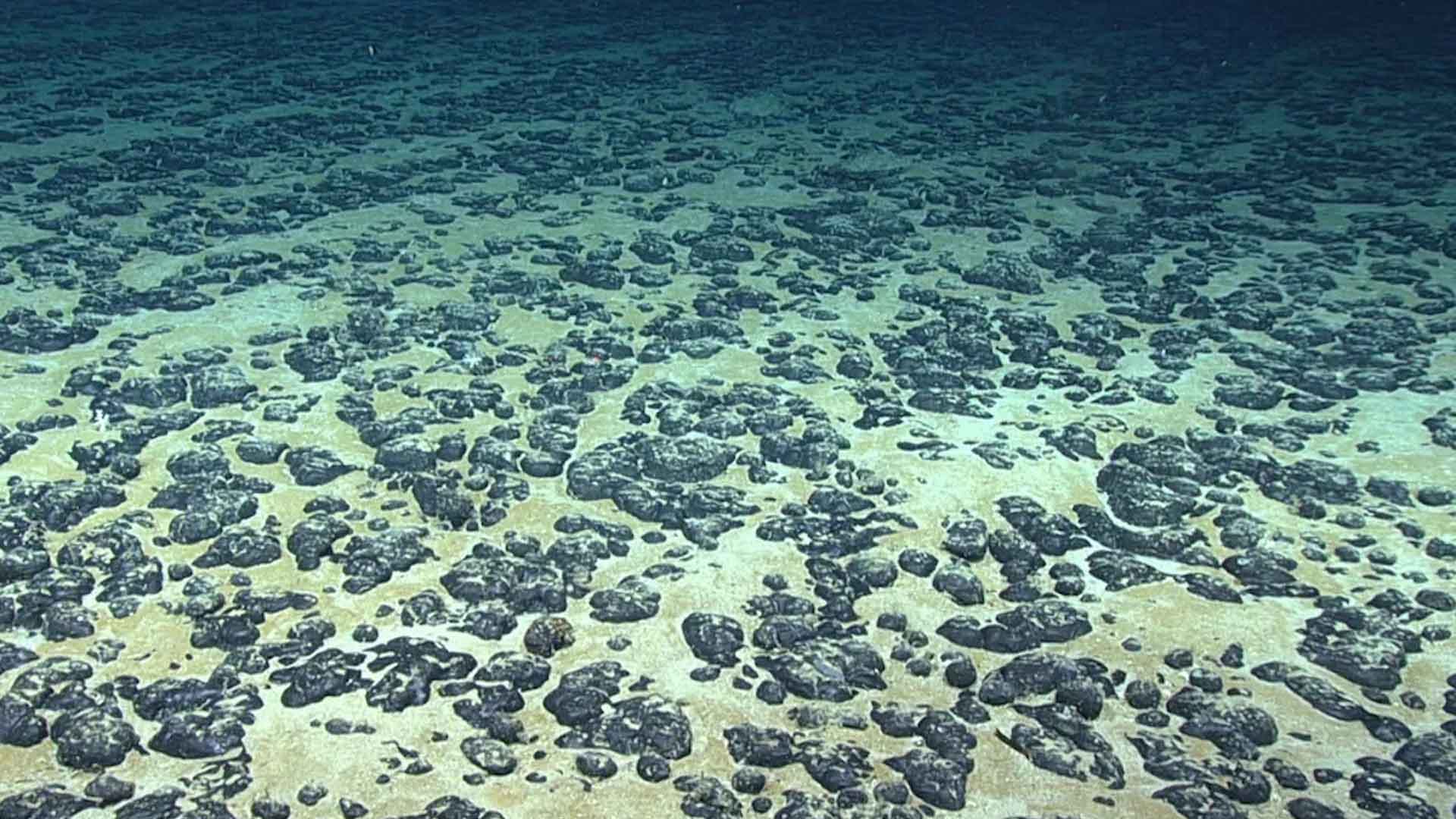
Source: NOAA
These nodules are rich in metals like cobalt, nickel, and copper, essential for EV batteries.
How Nodules Produce Oxygen
When combined with salt water, rust can generate electricity, enough to split water molecules and release oxygen.

Source: Sime Basioli/Unsplash
Researchers hypothesized that the nodules might function similarly, and lab tests confirmed that a single nodule could produce close to 1 volt of electricity.
Laboratory Confirmation
In controlled lab conditions, clusters of nodules generated sufficient electricity to split seawater, confirming the theory.

Source: Wikimedia
This finding challenges the long-held belief that photosynthesis is the sole source of Earth’s oxygen.
The Clarion-Clipperton Zone
The Clarion-Clipperton Zone, stretching 4,500 miles across the Pacific, is a hotspot for these nodules.

Source: Jeremy Bishop/Pexels
This region holds a significant portion of the world’s supply of EV metals, making it a focal point for both scientific research and mining interests.
Implications for Deep-Sea Mining
Sixteen firms currently hold mining claims in the Clarion-Clipperton Zone.

Genghiskhanviet/Wikimedia Commons
While these nodules are vital for EV battery production, their role in oxygen production adds a new layer of complexity to mining plans.
Environmental Concerns
The discovery raises significant environmental concerns.
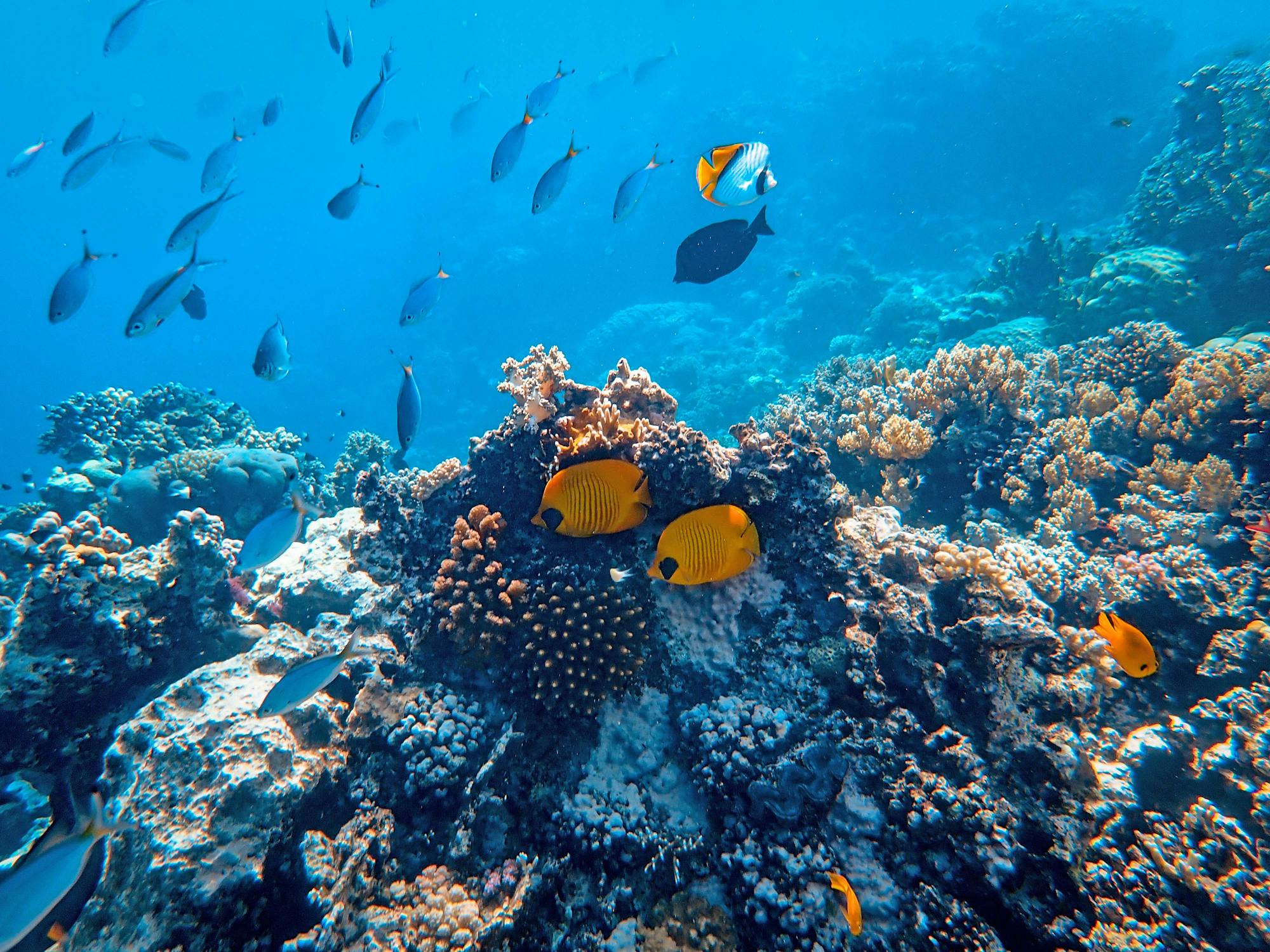
Source: Francesco Ungaro/Pexels
Extracting these nodules could potentially deplete a crucial oxygen source for deep-sea life, necessitating a reevaluation of mining practices in these regions.
Quotes from Experts
Franz Geiger, a professor of chemistry at Northwestern University and study coauthor, emphasized a cautions approach.
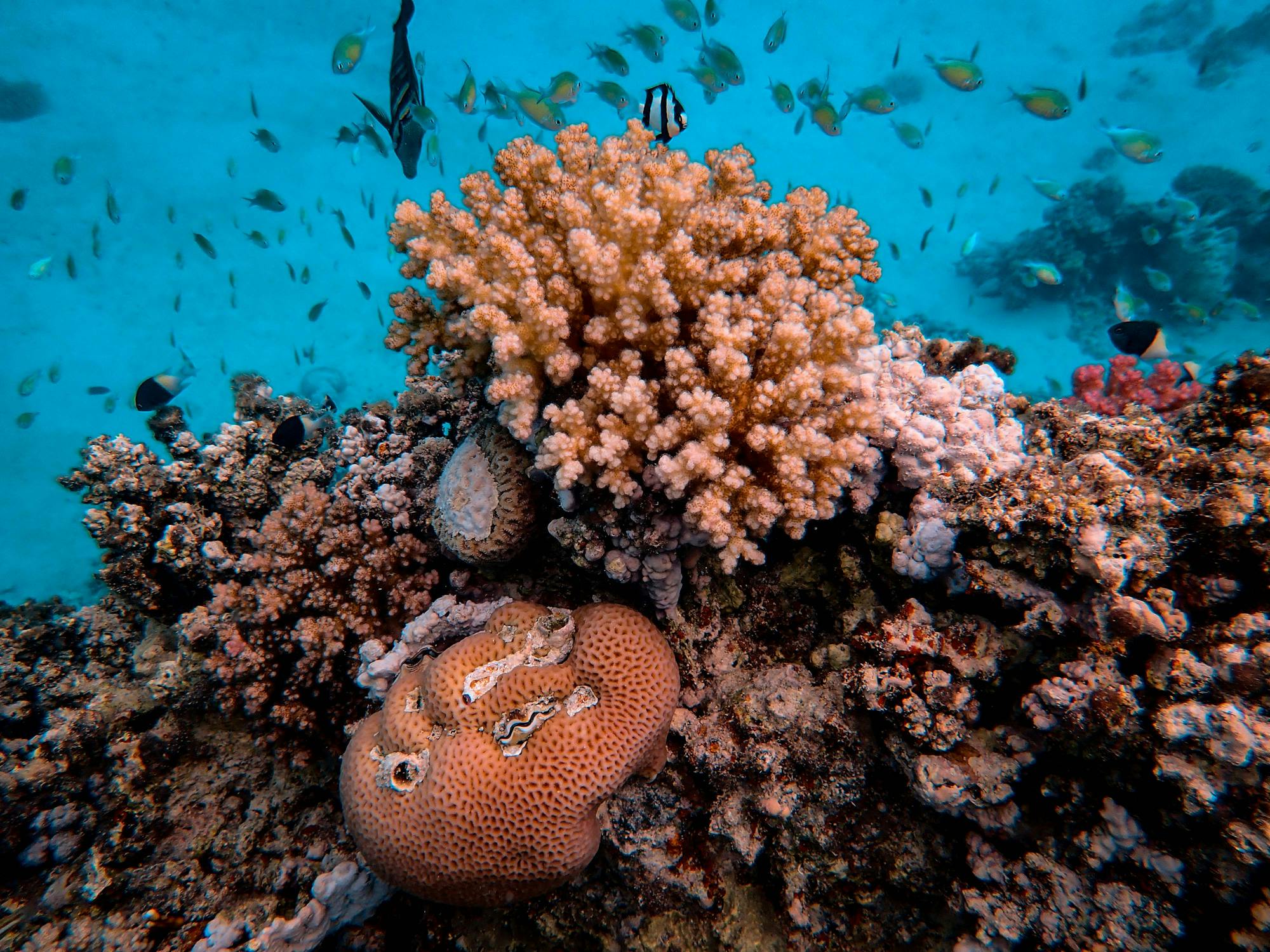
Source: Francesco Ungaro/Pexels
“We need to rethink how to mine these materials so that we do not deplete the oxygen source for deep-sea life,” Geiger said.
Economic Interests vs. Environmental Impact
Balancing the need for critical metals with the potential ecological impact poses a significant challenge.
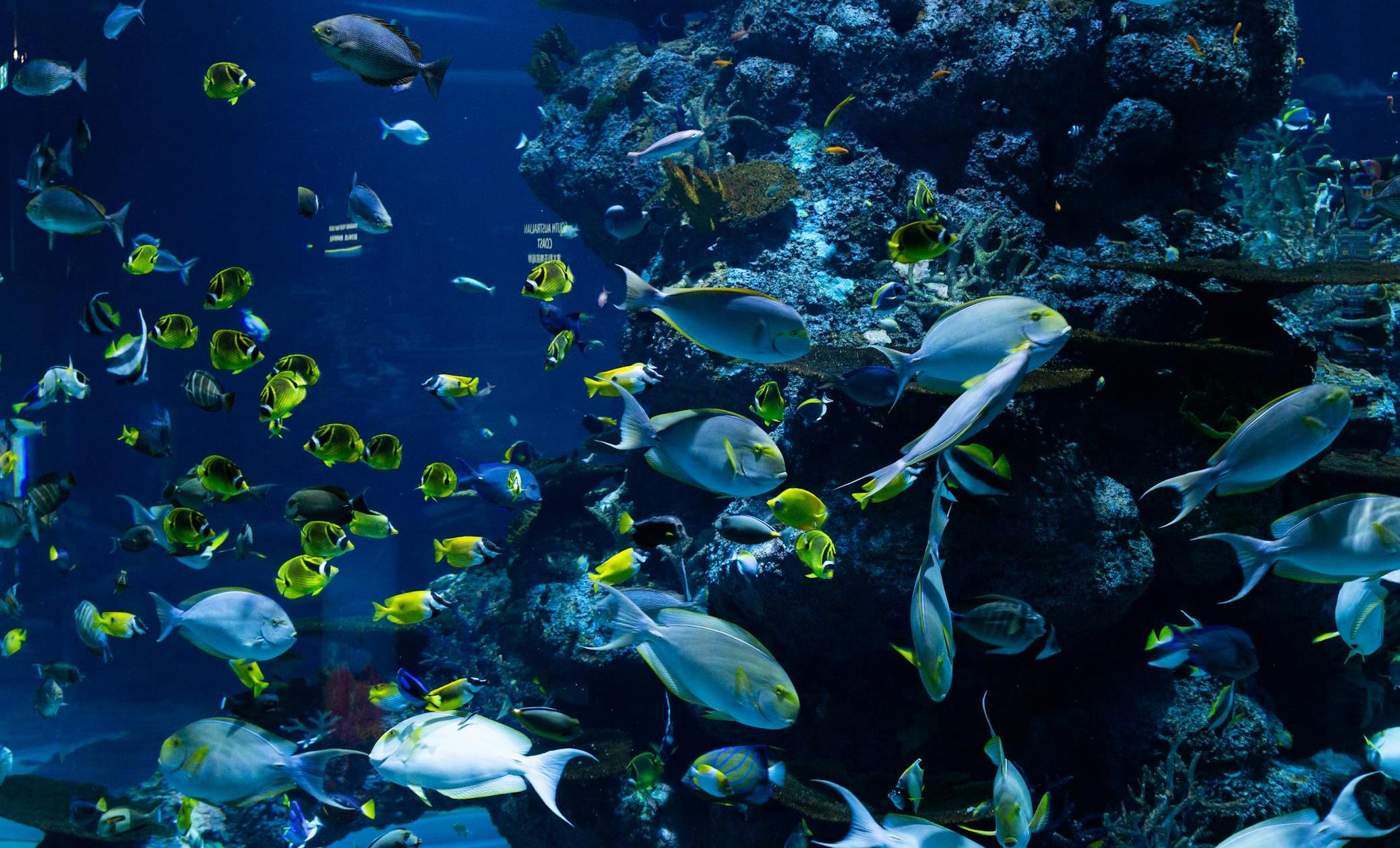
Source: Hung Tran/Pexels
Experts argue for sustainable mining practices that protect the deep-sea environment.
Global Demand for EV Metals
The demand for metals like cobalt, nickel, and lithium is skyrocketing due to the global shift towards electric vehicles.

Source: Wikimedia
The Clarion-Clipperton Zone’s nodules could meet this demand for decades, but at what cost?
Future Research Directions
Future research will likely focus on understanding the full impact of nodule extraction on deep-sea ecosystems.
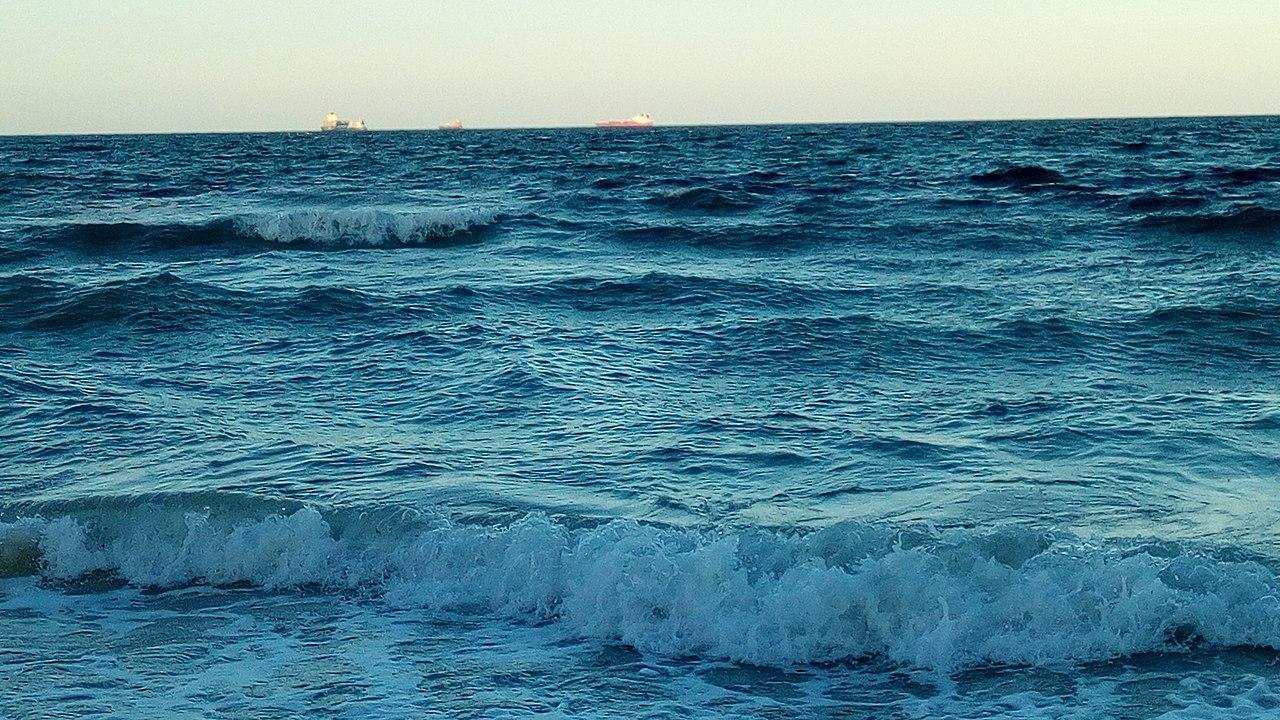
Source: Wikimedia
Scientists aim to develop mining methods that minimize environmental harm while meeting the demand for EV metals.
A Call for Sustainable Practices
As we move towards a more sustainable future, finding a balance between technological advancement and environmental preservation is important.

Source: Wikimedia
The discovery of oxygen-producing nodules highlights the need for innovative and responsible mining solutions.
